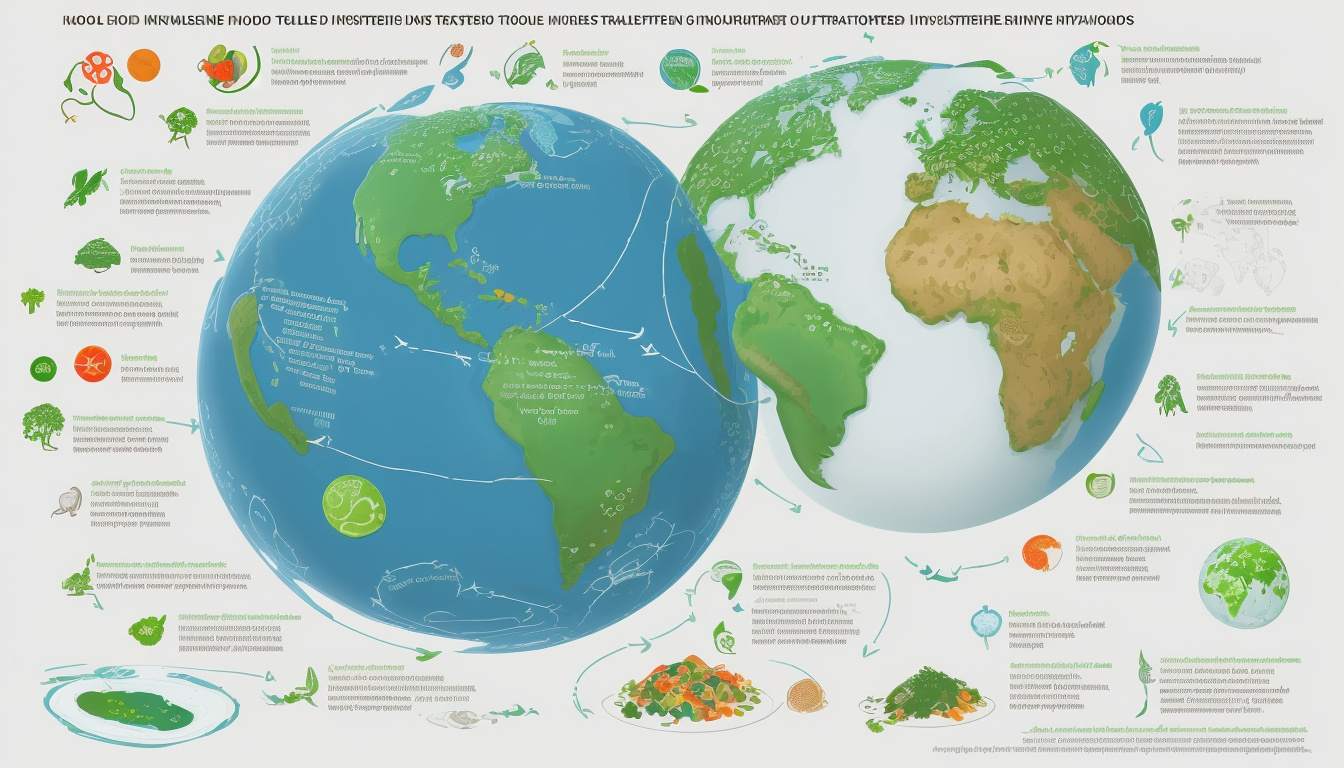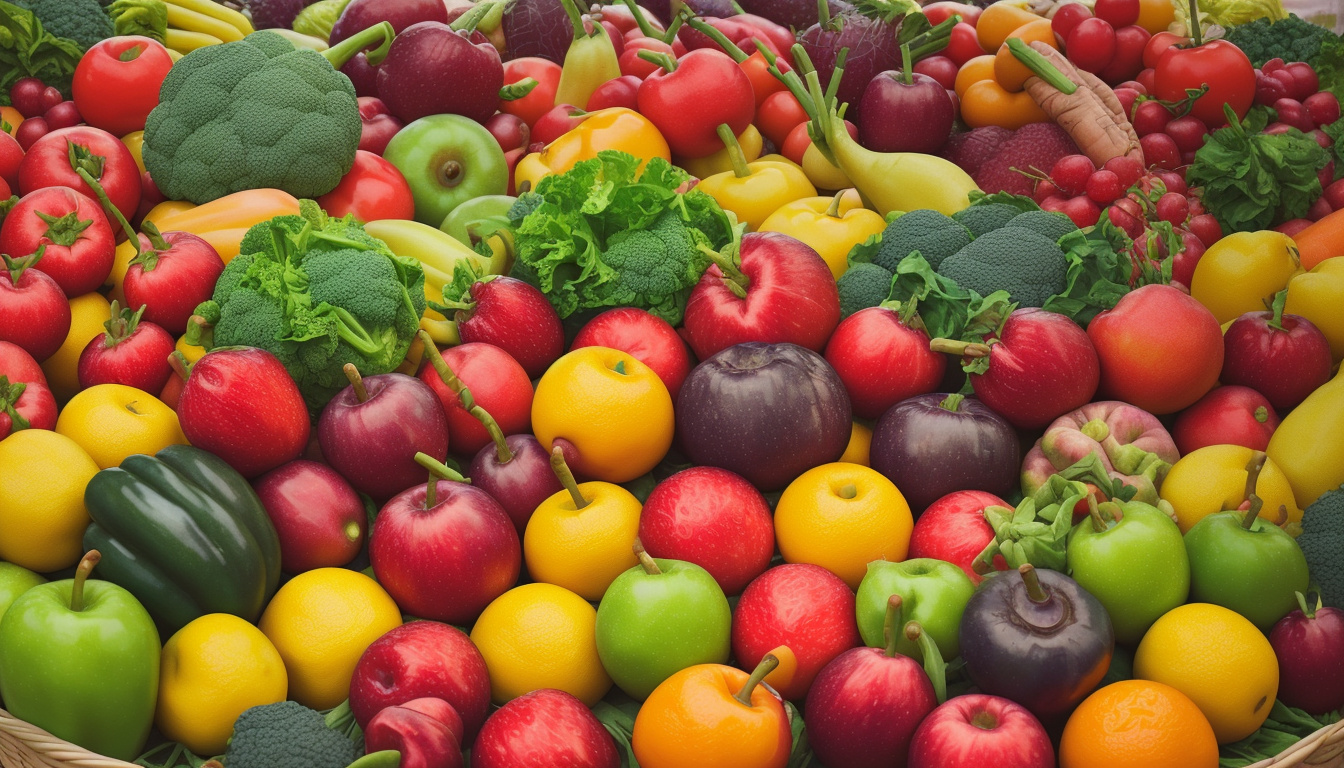The Hidden Impact: Why Food Miles Really Do Matter for Our Planet and Your Plate

Recent years have seen much talk about food miles. Food miles mark how far food moves from farm to plate. Many people—from those who care about nature to everyday buyers—share these talks. Many hold the view that cutting food miles is key to lowering carbon emissions.
New research shows the matter is more complex. This article looks at how food miles affect our land. It shows why they matter and brings light to some other main parts of sustainable eating.
Understanding Food Miles and Their Impact

Food miles count the distance food moves in the supply chain. The chain uses trucks, ships, and planes. People have long seen the carbon made on these trips as a key part of a food’s effect on nature.
New studies dispute this view. One study in Nature Food shows that food miles make up about 20% of food emissions—more than old numbers showed. The study also shows that rich countries add more to these emissions.
But looking only at food miles can mislead us. Air, sea, and road trips add emissions. Yet, food production—from land work to fertilization—parts out most carbon. Some studies note that making meat and dairy gives off far more greenhouse gases than plant foods do. This means the kind of food you eat counts, not just how far it comes.
The Role of Transportation Method
The way food moves counts when we check food miles. Air freight makes much more emissions than sea travel does. For example, one kilometer by airplane gives about 500 grams of CO2 for every tonne of food. In contrast, a ship gives only 10 to 40 grams in the same span. This gap shows that even if food travels the same distance, its effect can change by how it moves. Sometimes, food grown near you can leave a higher carbon mark when trucks or planes move it.
Local vs. Global: What’s More Sustainable?
Many suggest that eating local cuts food miles and lowers emissions. Yet, the truth is more mixed. For example, growing tomatoes in heated greenhouses in cold lands may leave more carbon marks than bringing them in from warm lands.
This tip shows it is wise to pick food in season or that grows well in your area.
Some experts push back on looking only at food miles. They see more value in checking every step of a food’s life. The carbon from growing, land change, and processing can outdo that from moving food.
A Holistic Approach to Sustainable Eating
To choose food that is kinder to nature, think of several parts:
- Support Seasonal and Local Produce: Even if food grown near you is not always best, buying food in season can cut down on carbon marks from both growth and transport. Chatting with local farmers can help you learn more.
- Check Carbon Footprint Labels: Many brands now print a carbon label on their goods. These labels show the total emissions from start to finish.
- See Global Ties: Cutting food miles might feel right, but think about how this choice may affect trade. This is important for communities in developing areas that depend on food exports.
Conclusion
Food miles are an important way to think about what you eat and how it affects nature. It is good to know how far food moves, but it is also wise to see the whole picture.
How food is grown, the energy it needs, and when it is in season all add to its carbon mark. In the end, a mix of plant foods, seasonal picks, and local goods may do best for both your health and the earth.
Remember, eating in a sustainable way is not about strict rules. It is about smart choices that care for our world.
We publish a quarterly magazine available in IOS, Android and Web reader. Stories and articles curated from amazing people all around the world.



